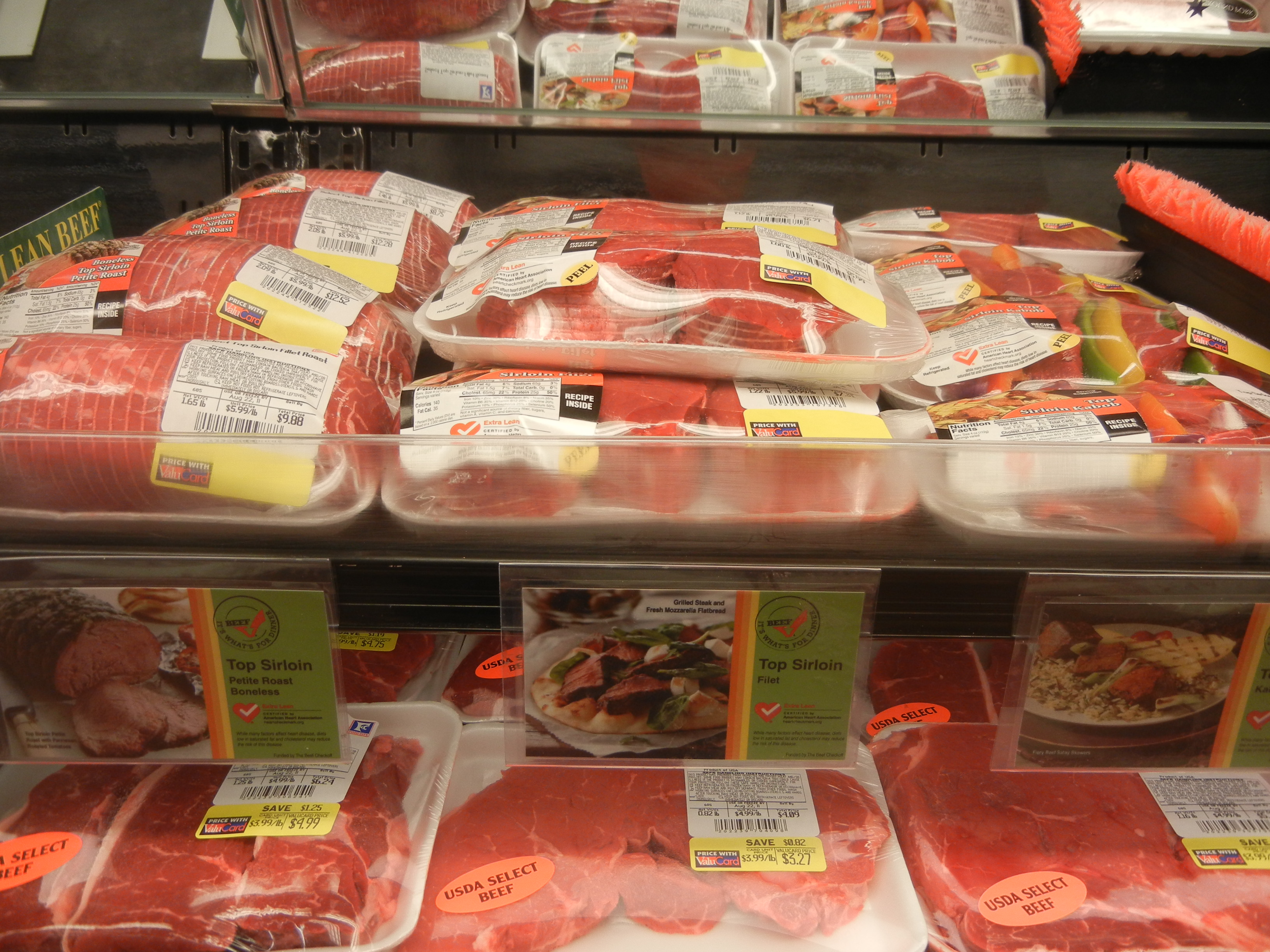
Agricultural News
Peel Addresses Meeting Beef Demand in 2015
Mon, 01 Dec 2014 12:02:39 CST

Derrell S. Peel, Oklahoma State University Extension Livestock Marketing Specialist, writes in the latest Cow/Calf Corner newsletter.
Many years of cattle herd liquidation, due to drought and other factors, have left the beef industry with such low cattle inventories that severe reductions in beef production are inevitable. Beef production in 2014 is projected to total roughly 24.4 billion pounds, down 5.2 percent from last year and the smallest annual beef production in the U.S. since 1994. Cattle slaughter through mid-November is down 7.1 percent, including a 3.6 percent decline in steer slaughter and an 8.3 percent decrease in heifer slaughter. Total steer and heifer slaughter in 2014 is projected to be the smallest since 1968. The industry has offset some of the reduction in cattle slaughter by increasing carcass weights, with current steer carcass weights at record levels of 906 pounds, up 28 pounds year over year and heifer carcass weights at 829 pounds (down one pound from the week earlier record level of 830 pounds), and up 23 pounds from last year.
Concerns about beef demand have preoccupied the beef industry for many months and will continue for months to come as beef production is expected to fall in 2015 and into 2016 pushing retail prices higher. Steer and heifer slaughter is expected to decrease another two percent in 2015 which, depending on carcass weights, would contribute to another 1 to 1.5 percent decrease in total beef production. While beef demand in 2014 has been unexpectedly strong, the challenges will continue for many months. Retail prices have risen significantly in 2014 with All-Fresh beef prices currently 20 percent higher than year ago levels. Current retail prices undoubtedly do not fully reflect the impacts of declining beef supplies, even if production stabilized at current levels. With additional decreases in beef production ahead, the demand challenges will persist.
The demand challenge is not just one of beef quantity but, perhaps increasingly, one of beef quality. The question of whether beef consumers will pay ever higher prices for a smaller quantity of beef will likely depend critically on beef quality. There is a degree of quantity versus quality tradeoff in the beef industry that may be more critical in the coming months. The industry in general has, and feedlot and packing companies directly have a strong short run incentive to mitigate decreased animal numbers with larger carcass weights. Managing for ever larger animals increases the chances of negative quality impacts. One such measure is quality grade, which, measured as Choice grading percentage, has remained above year over year levels through most of 2014 but has dropped close to year ago levels recently as carcass weights have jumped sharply. Potential quality grade impacts should be monitored carefully in coming months as efforts to push carcass weights continue.
Increased carcass weights may be directly contributing to demand challenges. Beef carcasses are so big that extended cooling time is sometimes required to properly chill carcasses and some packing plants are remodeling to handle larger carcasses. And yet, demand for larger muscle cuts is not growing. Indeed, concerns about portion size have been raised for a number of years. These concerns may be particularly important in coming months. Consumers manage total dollars spent and beef retailers accommodate this with grocery retailers managing package cost and restaurants managing plate cost as much as possible to minimize the impact of high unit beef prices. This is increasingly difficult with larger and larger muscle cuts. There are strong indications that consumers will pay premium prices for beef, but only if quality is premium as well. Consumers demand a package of beef product attributes that includes marbling, tenderness, flavor, and product size. Using bigger carcasses in the short term pursuit of beef quantity at the expensive of middle meat demand is not beneficial for the beef industry.
WebReadyTM Powered by WireReady® NSI
Top Agricultural News
More Headlines...



















